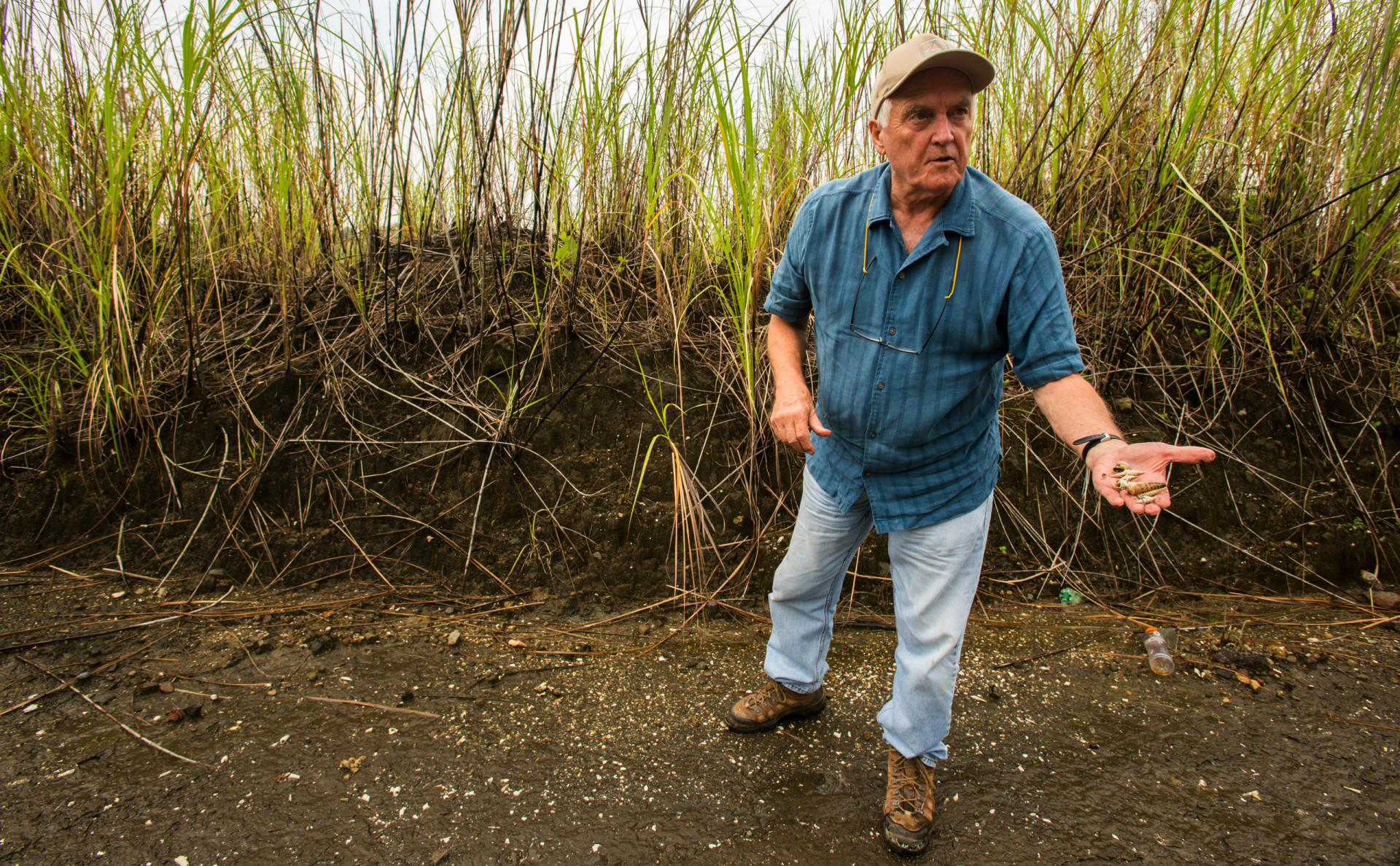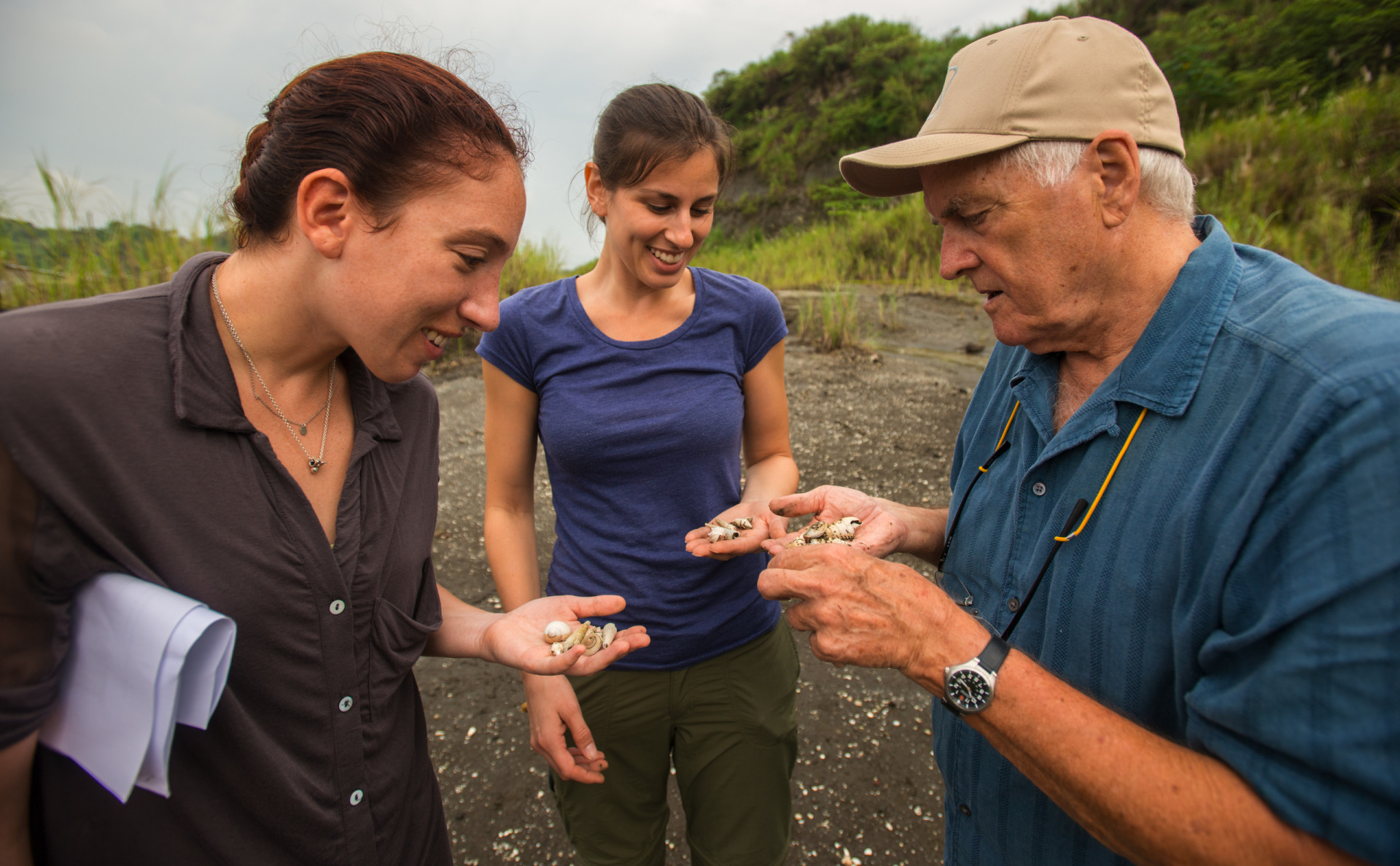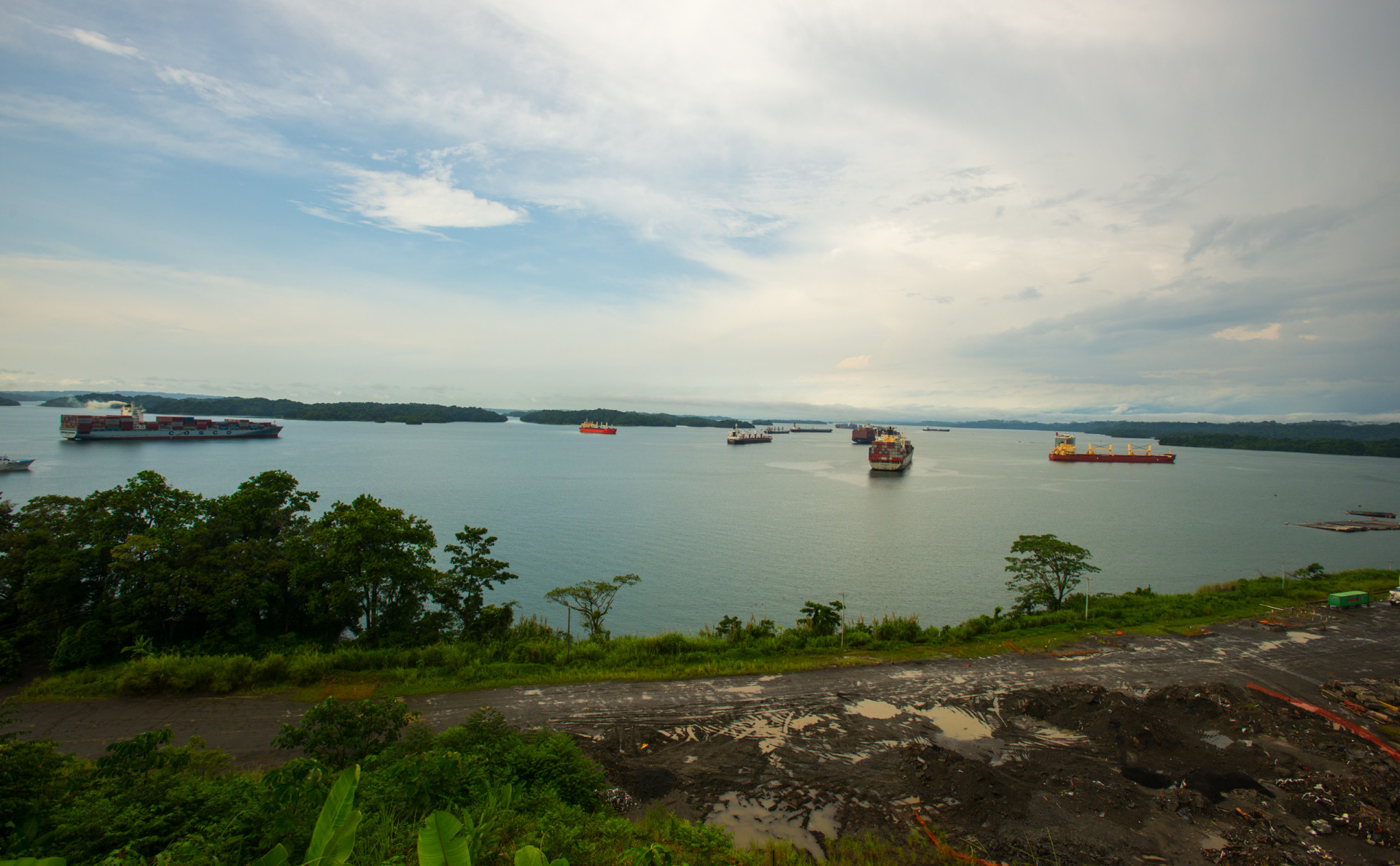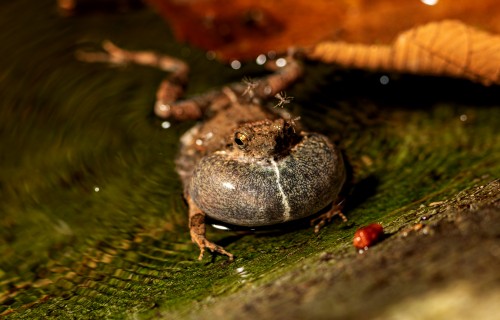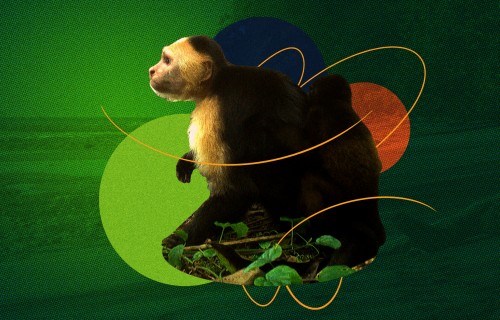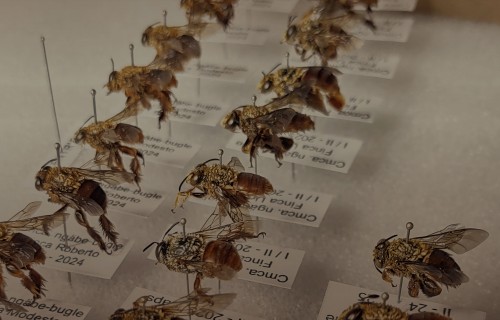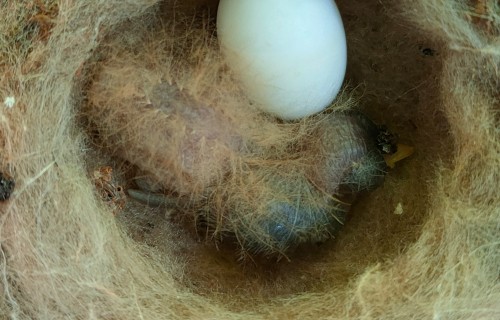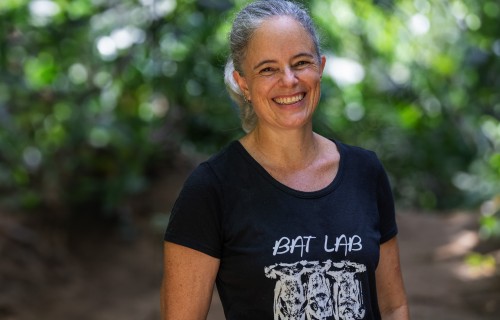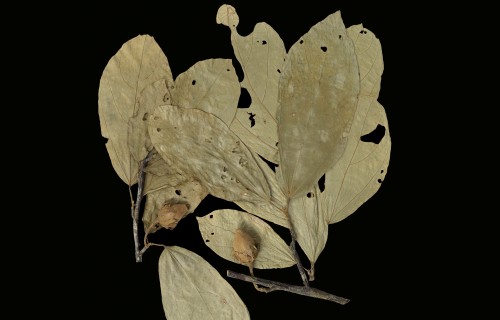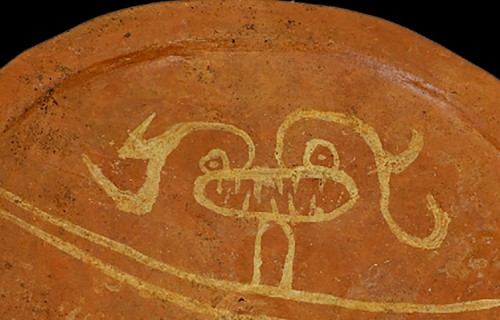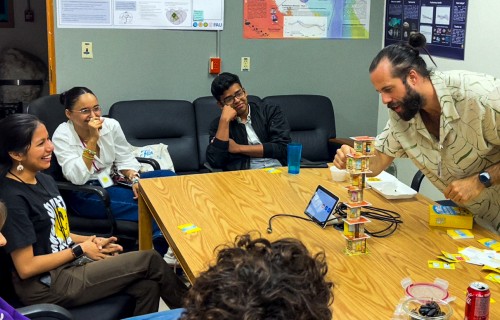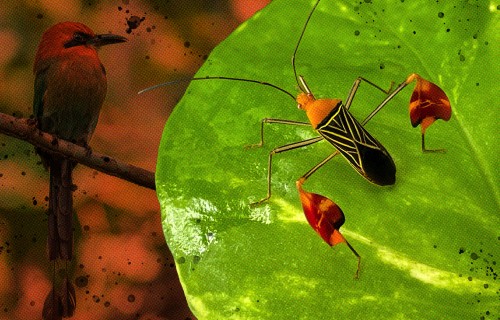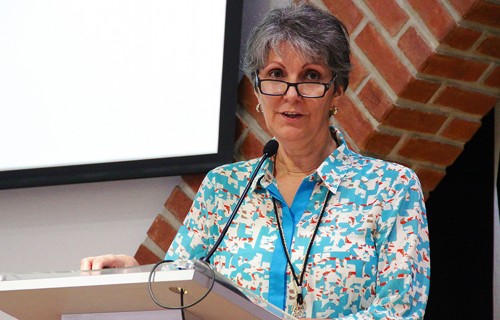Túngara frog tadpoles that grew up in the city developed faster but ended up being smaller.
Profile:
Anthony
Coates
Sea of fossils
Gatún Formation, Panama
A Smithsonian emeritus scientist takes a field trip to some of Panama’s most important known marine fossil deposits for a quick lesson the age of the Ithsmus of Panama.
The grayish brown wall of earth stretching six stories above Anthony Coates' head is studded with crusty shelves of hardened seafloor sediment. Known as concretions, these protrusions are remnants of an 8-to-12 million-year-old seabed, now part of Panama's most famous fossil deposits, the Gatún Formation.
Water glides down the otherwise sheer wall, slowly freeing the countless calcified shells. Strewn about the ground are millions of shellfish and fish ear bones. Coates, an emeritus staff scientist at STRI, can spot the odd shark tooth as well.
Near the Atlantic gateway to the Panama Canal, the Gatún Formation and its younger counterpart, the five-to-six million-year-old Chagres Formation, are fundamental for STRI research. The abundance of shark teeth in the Gatún Formation suggests the area was once a shark nursery, research by STRI fellow Catalina Pimiento has shown.
"The Chagres Formation is filled with blue water open ocean fishes like marlin and tuna, all of which indicate a deep-water environment," says Coates, whose research suggests the Isthmus of Panama formed a land bridge about three millions of years ago. "Also, more than 60 percent of the microfossils in this formation are otherwise only known from the deep Pacific. This means at that time the Pacific and Atlantic were connected."


